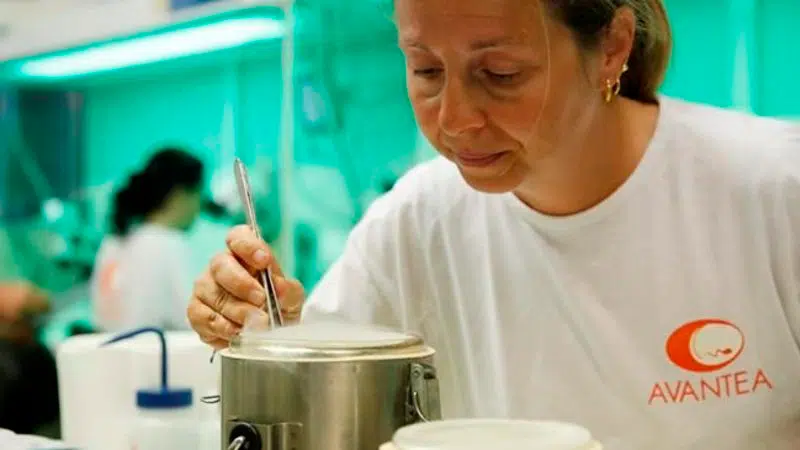
Scientists succeed in creating northern white rhino embryos
CREMONA, Italy — An international consortium of scientists and conservationists announced Wednesday that they have succeeded in creating two embryos of the near-extinct northern white rhino, a milestone in assisted reproduction that may be a pivotal turning point in the fate of the species.
The embryos were created in vitro, using eggs collected from the two remaining females and frozen sperm from dead males, they said at a news conference in the northern Italian city of Cremona.
The embryos are now stored in liquid nitrogen, to be transferred into a surrogate mother — a southern white rhino — in the near future.
The creation of northern white rhino embryos was achieved at Cremona’s Avantea Laboratories. Professor Cesare Galli and his team matured and fertilized eggs collected on Aug. 22 from Najin and Fatu, the last two females in the world, who live at Ol Pejeta Conservancy in Kenya, with sperm previously collected from males Suni and Saut.
